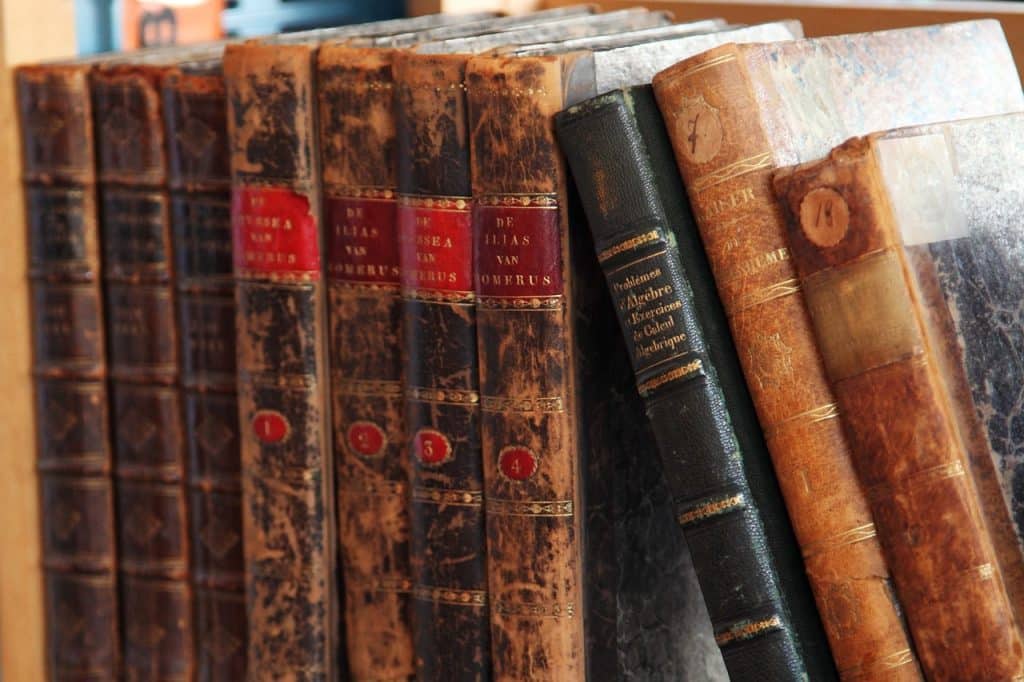Brief update to the Cultural Heritage Code
In the in-depth article on the Code of Cultural Heritage (Legislative Decree 22 January 2004, n. 42) a brief overview was given of the issues addressed in the text, focusing in particular on valorisation and, even more so, protection activities.
A brief focus was in fact dedicated to export activity, citing the law. 124/17, worthy of having made some changes to the Code, “in order to simplify the procedures relating to the control of the international circulation of ancient things affecting the antiques market”. Specifically, the concept of a “sub-threshold” value, identified as €13,500, is introduced for goods manufactured for over seventy years; for these it is no longer necessary to request a certificate of free movement from the competent offices, but a self-certification by the applicant is sufficient.
In the subsequent Ministerial Decree n. 246/2018, art. 7, the procedures relating to the export of such goods are regulated, later integrated by article 1 of the Ministerial Decree. 305/2018, in which these provisions are in fact subordinated to the adaptation of the Export Office System (SUE), in order to allow a “generalized control on declarations of non-subject to the free circulation certificate as well as the establishment of the registry of international circulation”. This consists in the compilation by traders of a “register prescribed by public safety legislation”, drawn up in electronic format and therefore directly consultable by the superintendent.
The rationale behind this procedure is that, while favoring antiquarian activities and the streamlining of bureaucratic practices, the definitive exit from Italian territory of those assets which have a cultural interest for the community and which therefore must be subjected to the procedure of notification.

If the aforementioned article denounced the failure to activate this system, with the consequent need to request free export to the superintendencies for any object over 70 years old, and the consequent long bureaucratic deadlines with the inevitable congestion of the competent offices, Fortunately, an update is now in order.
It now seems that the correct implementation of what is legislated in the Code and subsequent legislation is underway, giving rise to a streamlining of the procedures for the export of “below-threshold” goods.
Thanks to the adaptation of the SUE, the Superintendencies are sensitive to the receipt of self-certifications from applicants. Requests must necessarily be accompanied by documentation, as indicated in Ministerial Decree 246/2018, which describes, including photographically, the asset and which certifies its value..
Still in an initial phase, this reception opens the doors to a streamlining of procedures, giving the Superintendencies the possibility of paying greater attention to the works that really require particular analysis for the purposes of protecting the national cultural heritage.





